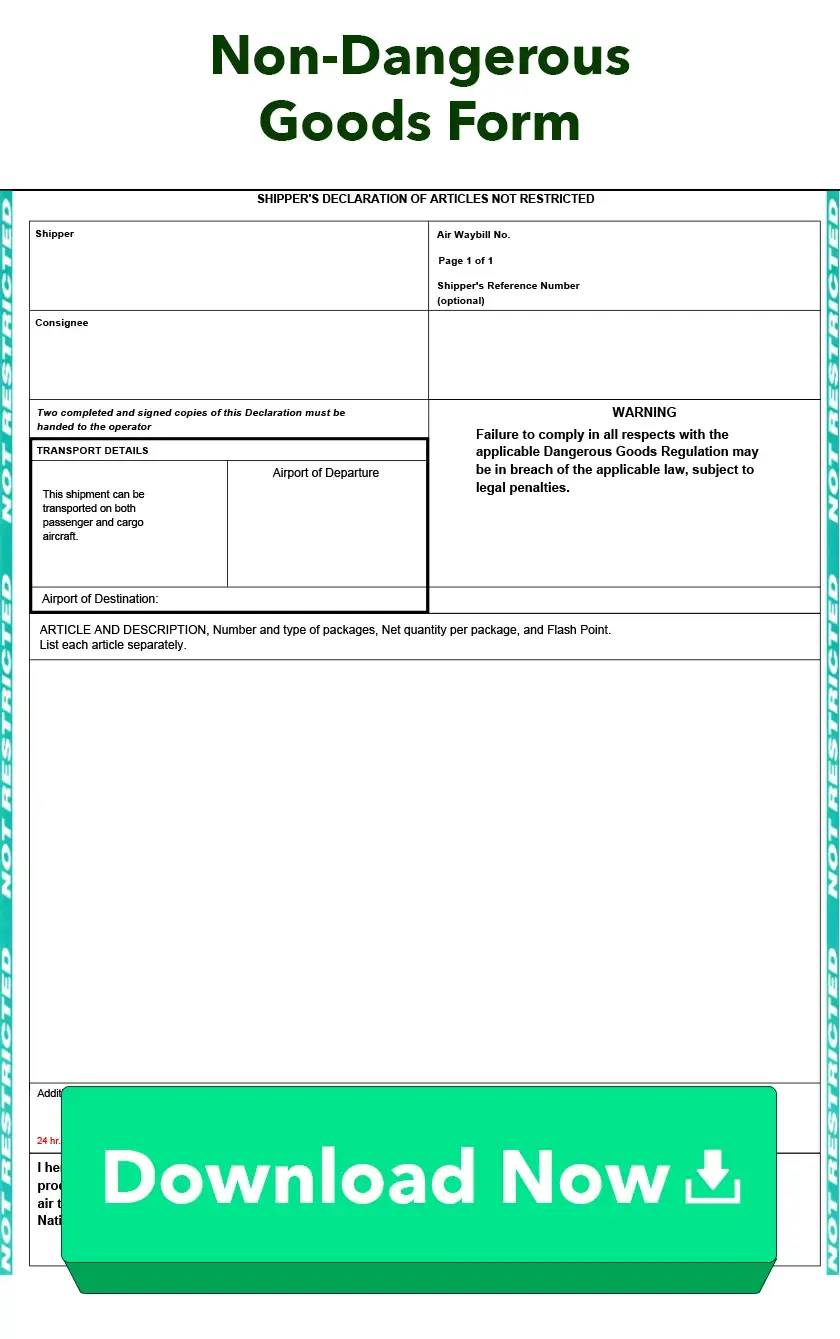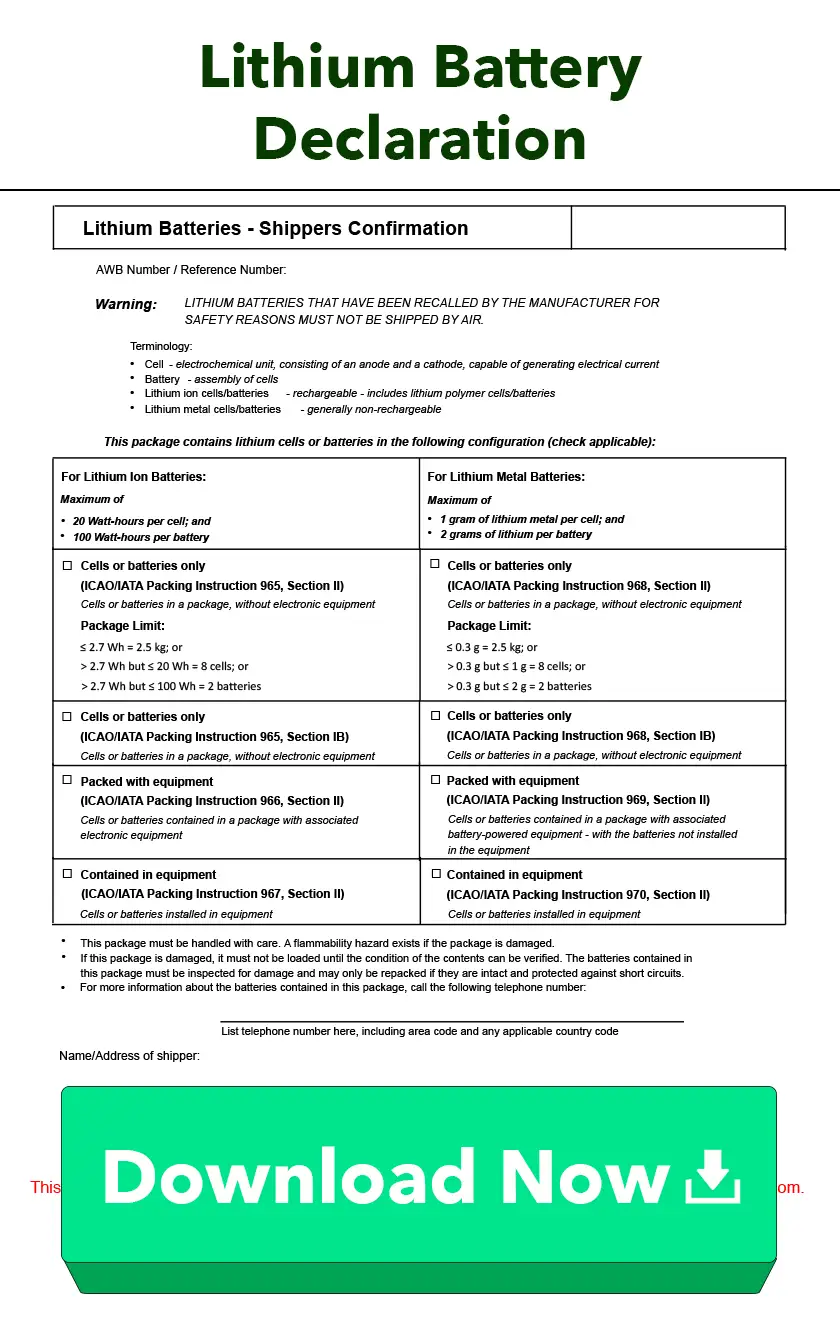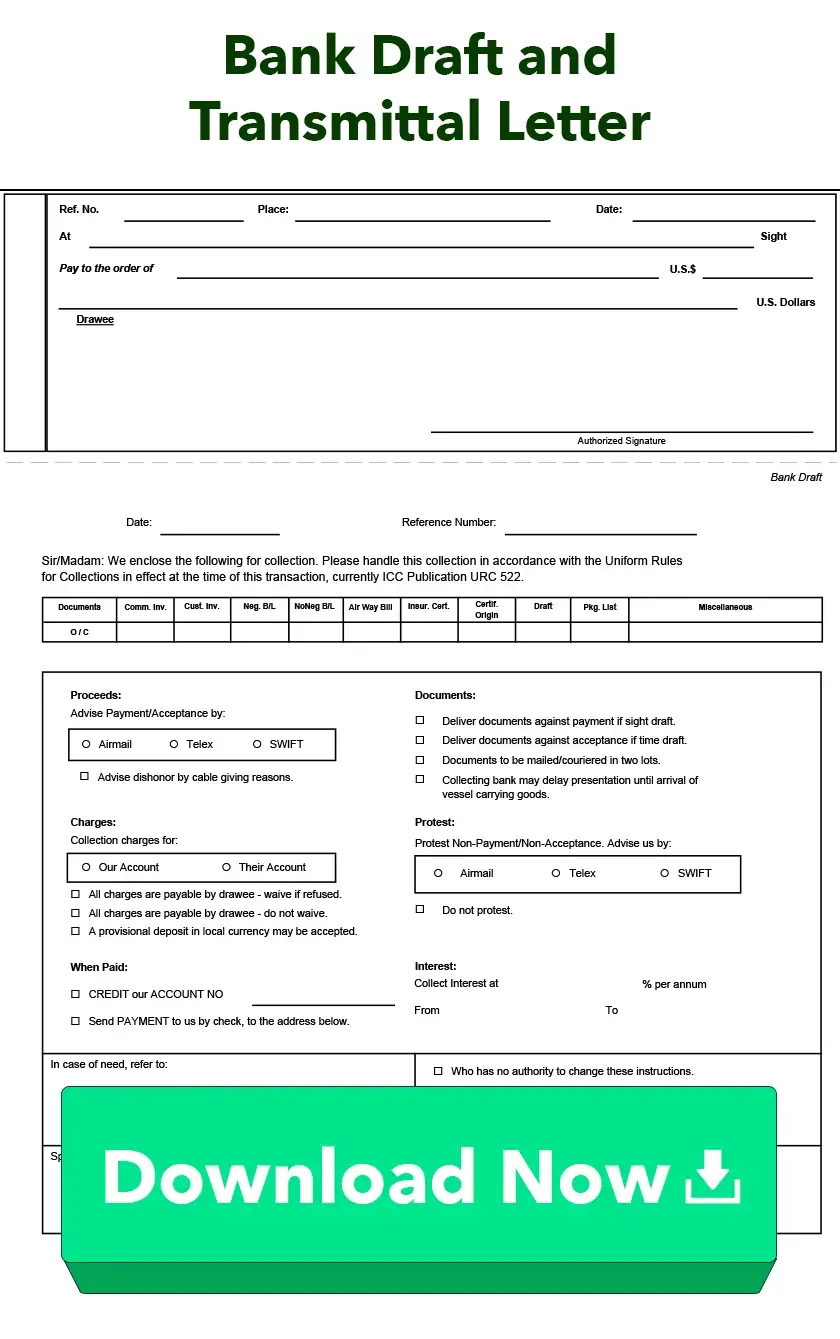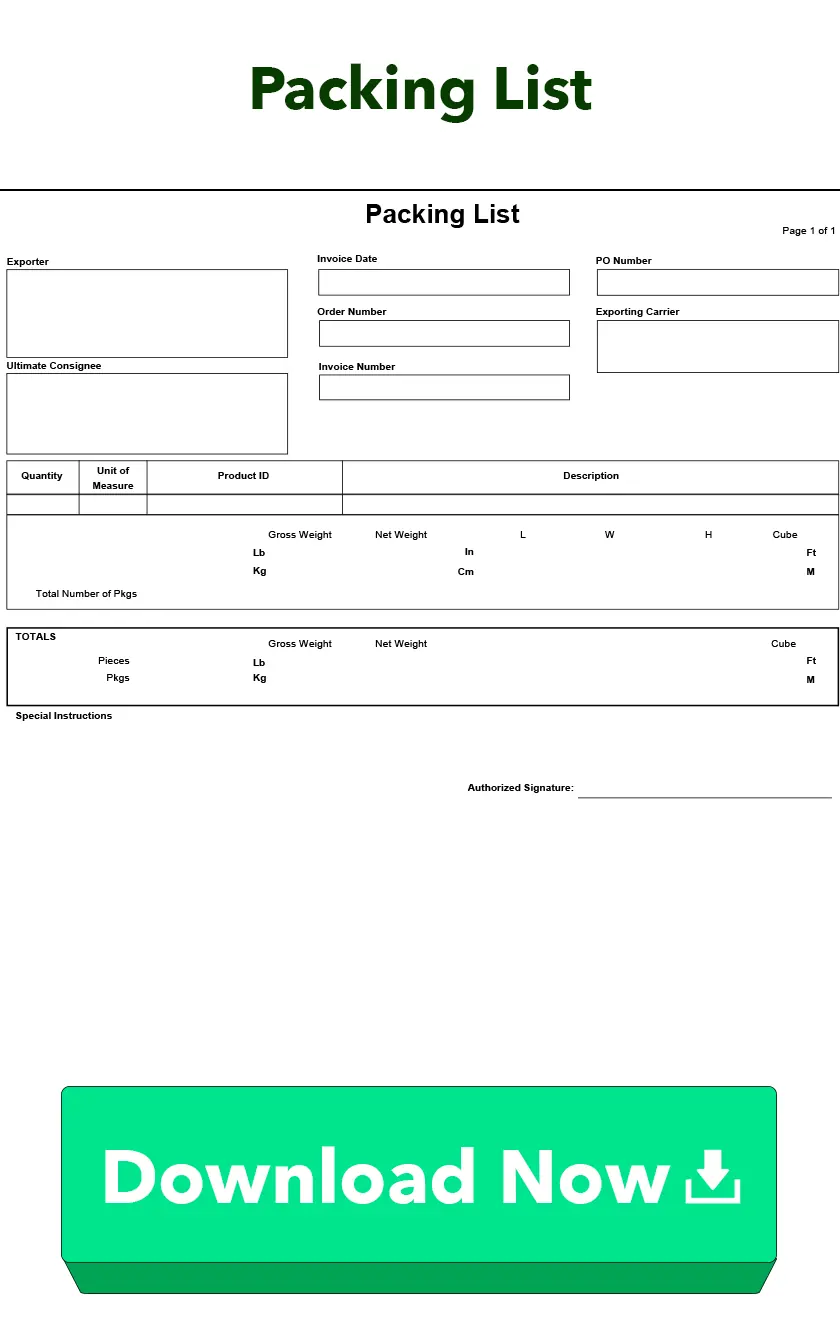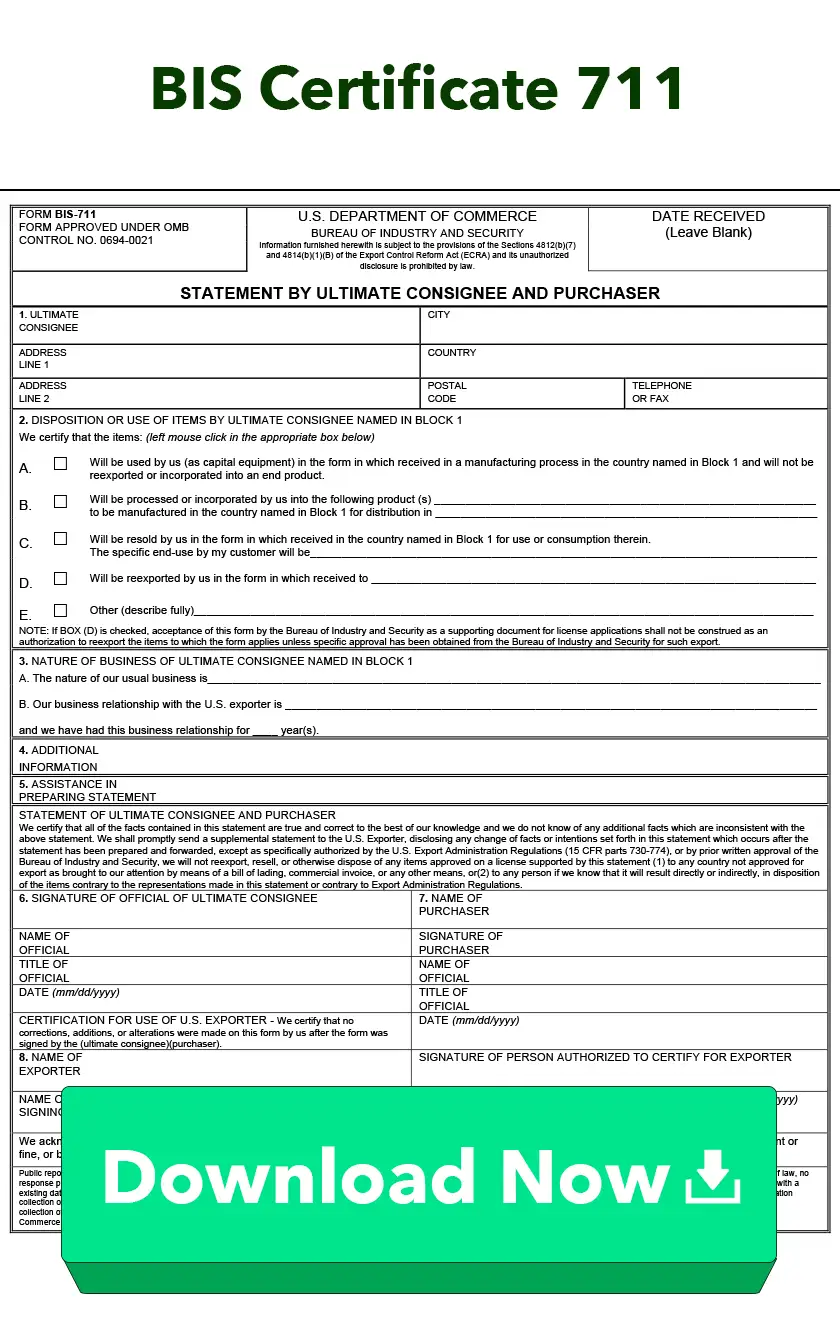Free Download:
Ocean Bill of Lading
Download and print this PDF of the Ocean Bill of Lading form.
What is an Ocean Bill of Lading?
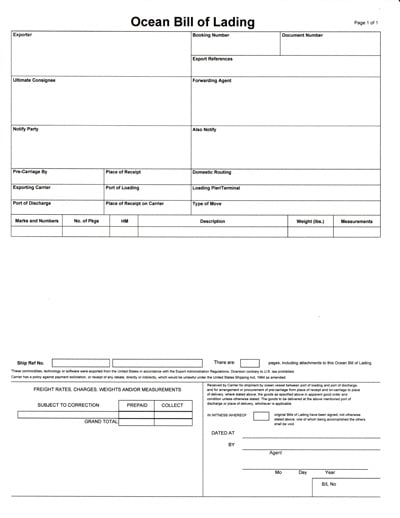
The ocean bill of lading serves as both evidence of a contract for carriage and a document of title for the cargo. The bill of lading identifies the parties on both ends of the shipment, as well as a description of the goods and routing instructions.
There are two categories of ocean bills of lading that reflect the terms and conditions of the sale of the goods.
The straight bill of lading is used when the shipment is consigned directly to the named consignee and no other party. Typically this type of consignment is used for open account or cash in advance transactions. The consignee can take possession of the goods at arrival by presenting a signed original bill of lading to the carrier.
An ocean bill of lading consigned “to order” or “to order of shipper” is negotiable once it is endorsed on the back by the shipper or their representative. The endorsed original bill of lading is usually sent to the bank in the buyer’s country and held until the transaction is satisfied under a document collection, cash against documents, or a letter of credit. Once the endorsed original bill of lading and other required documents are in the hands of the buyer, the buyer can transfer the bill of lading.
As an exporter, correctly filling out a bill of lading is important if you want to get paid on time. Why? Because it determines the shipment date, and payment date is often associated with shipment date. Financing, too, is often associated with shipment date, as banks often refer to pre-shipment financing or post-shipment financing. Plus, more than 10,000 shipping containers are lost annually. Without a correctly completed bill of lading, that could mean a major headache trying to get compensated for your loss.
Create Accurate Export Forms
Reduce the time it takes to complete the Ocean Bill of Lading by up to 80%. Shipping Solutions export documentation software makes it easy to create more than two dozen standard export forms. Register now for a free demo. There's absolutely no obligation.
Ocean Bill of Lading FAQs
-
What is an ocean bill of lading?
An ocean bill of lading is a legal document issued by a carrier to acknowledge the receipt of goods for shipment via ocean transport. It serves as evidence of the contract of carriage, as well as a receipt of the goods and a title document.
-
What is the difference between a master bill of lading and an ocean bill of lading?
An ocean bill of lading is the same as a master bill of lading that is issued by the shipping line or carrier to the freight forwarder or Non-Vessel Operating Common Carrier (NVOCC) when goods are transported overseas through waterways. This is in contrast to a house bill of lading, which is issued by the forwarder or NVOCC to the shipper of the goods.
-
What are the main functions of an ocean bill of lading?
The main functions of an ocean bill of lading include:
- Acting as a receipt of goods by the carrier.
- Serving as evidence of the contract of carriage between the shipper and the carrier.
- Providing title to the goods, enabling the transfer of ownership.
- Serving as a document for obtaining payment, such as through a letter of credit.
- Facilitating the customs clearance process.
Download Now
Today is your lucky day. Shipping Solutions® makes completing export forms simple, accurate and five-times faster than the tedious way you’re doing it now.
Get it done easily.
Eliminate the hassle of manually completing your export forms. Our EZ Start Screen helps you automatically complete more than a dozen export forms.
Get it done fast.
With Shipping Solutions automation, you can complete your export documents up to five-times faster than your traditional manual process.
Get it done right.
Instead of entering the same information over and over again, you enter information in only one place. That makes you less likely to make costly mistakes.
Export Form Templates
Popular
Our most frequently requested export forms.
U.S. Certificates of Origin
Learn More About U.S. Certificates of OriginThese forms certify the origin of the goods, which may determine the amount of duty to be paid.
Bills of Lading
Learn More About Bills of LadingA bill of lading is a contract of carriage, a receipt from the carrier, and may be a document of title.
Shipper's Letter of Instruction (SLI)
Learn More About Shipper's Letter of Instruction (SLI)The Shipper's Letter of Instruction (SLI) conveys instructions from the exporter to the carrier or forwarder.
Invoices
Learn More About InvoicesInvoices are one of the most important export documents describing everything included in the shipment and its cost.
Dangerous Goods Forms
Learn More About Dangerous Goods FormsDangerous Goods (DG) forms are required for transporting dangerous or hazardous items.
Other
Additional forms required for exporting.

-23_101024.webp)
-26_101024.webp)
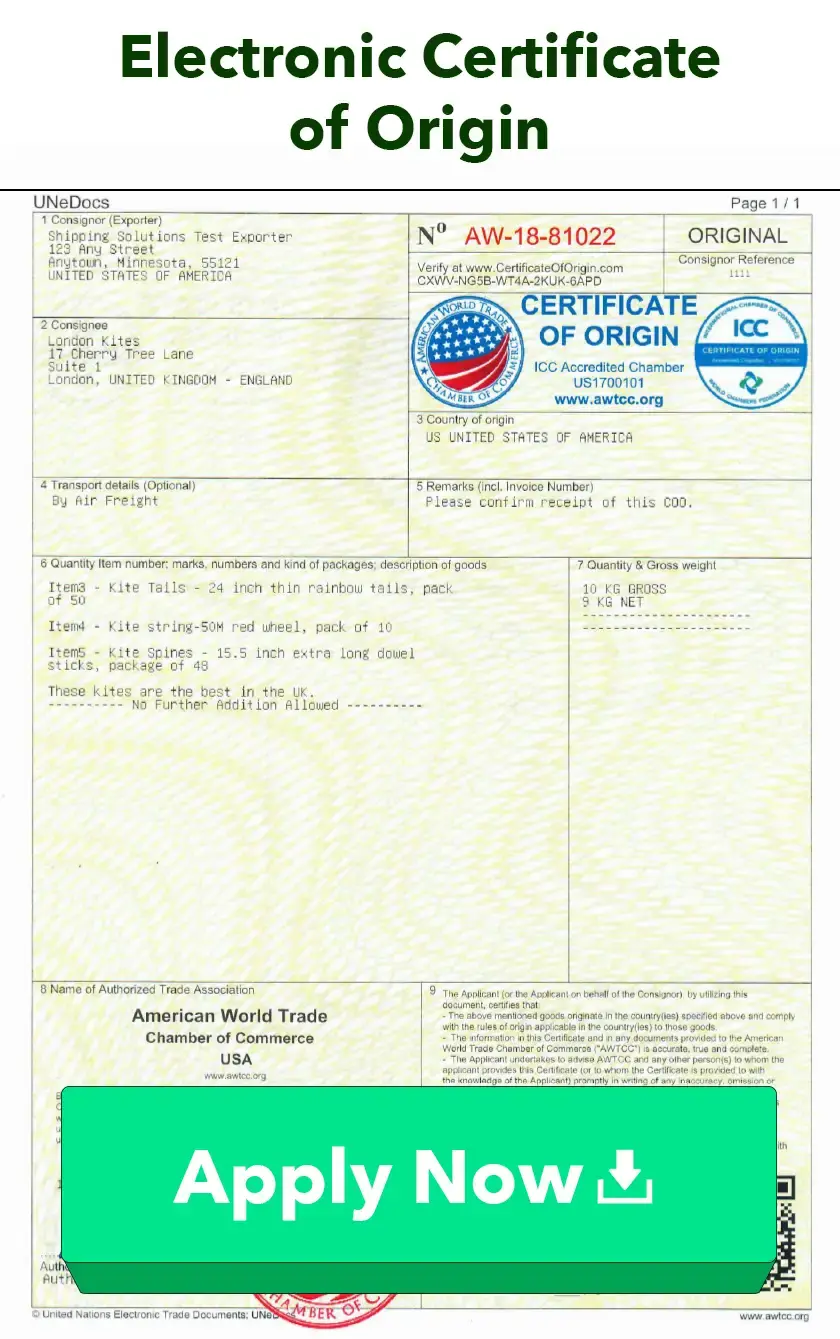
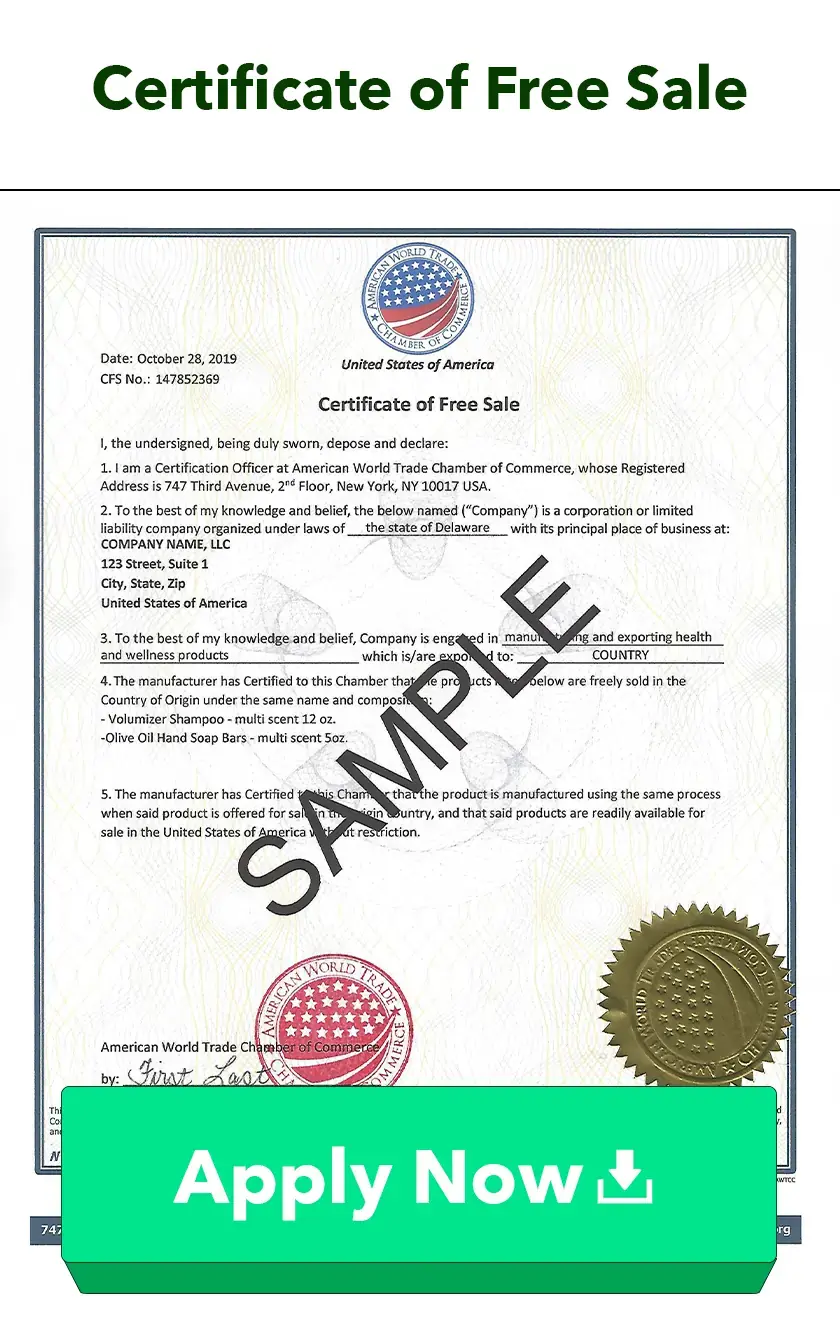
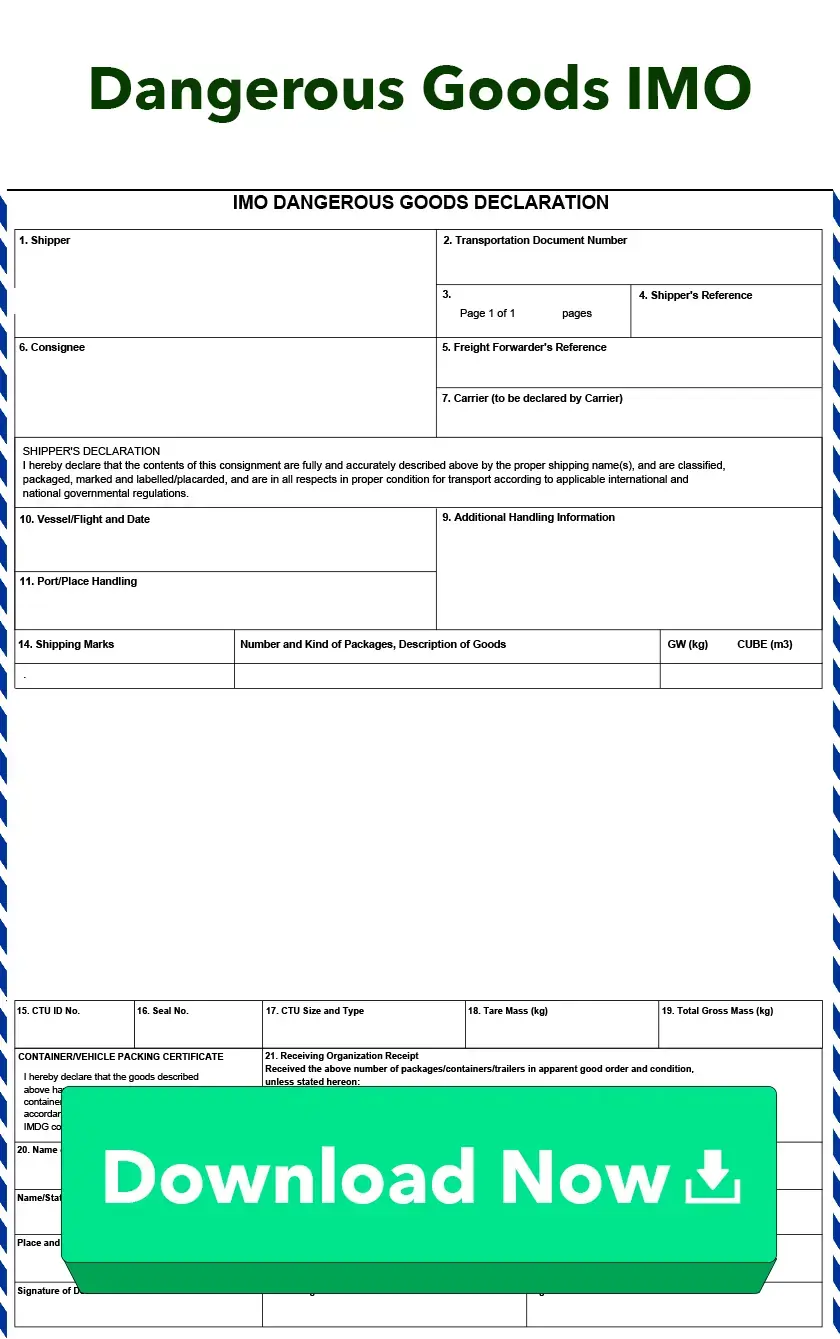
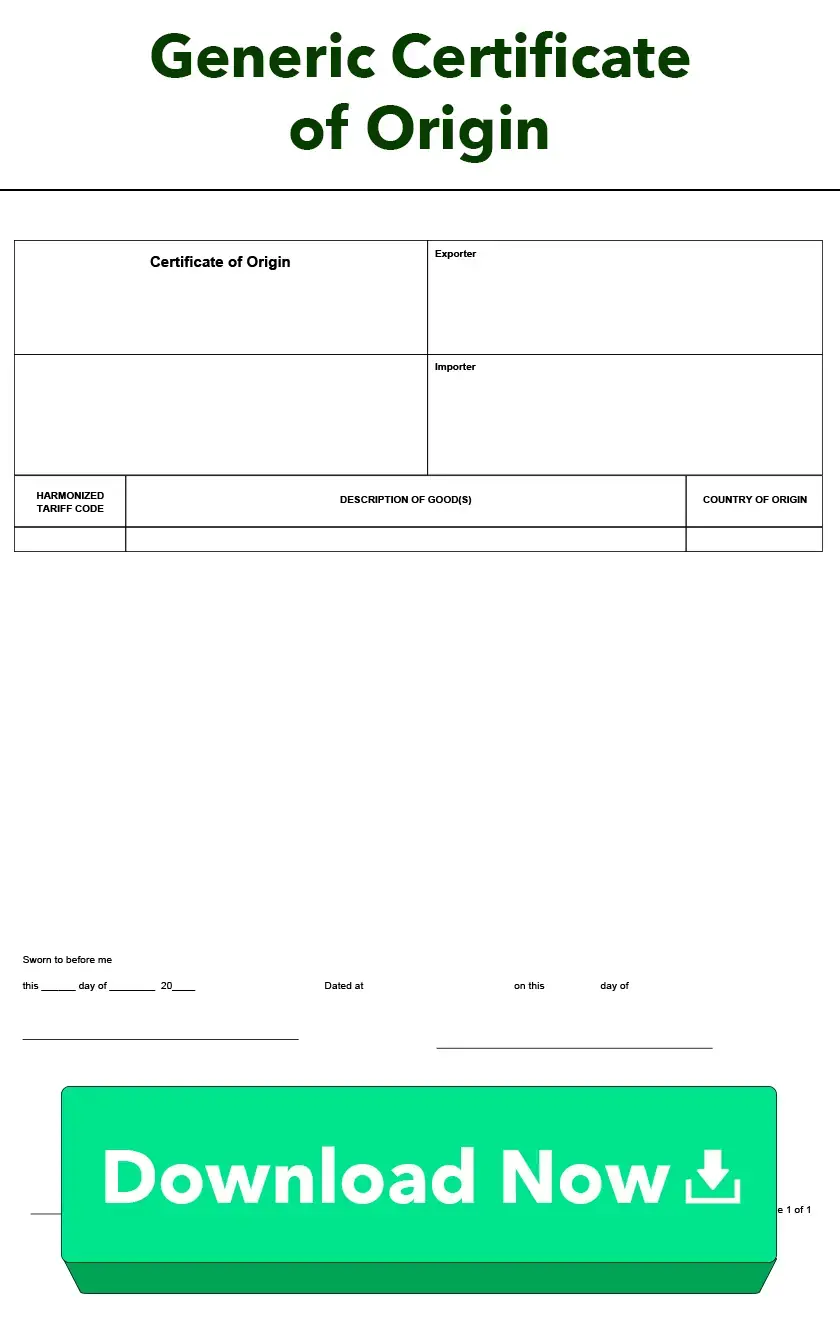
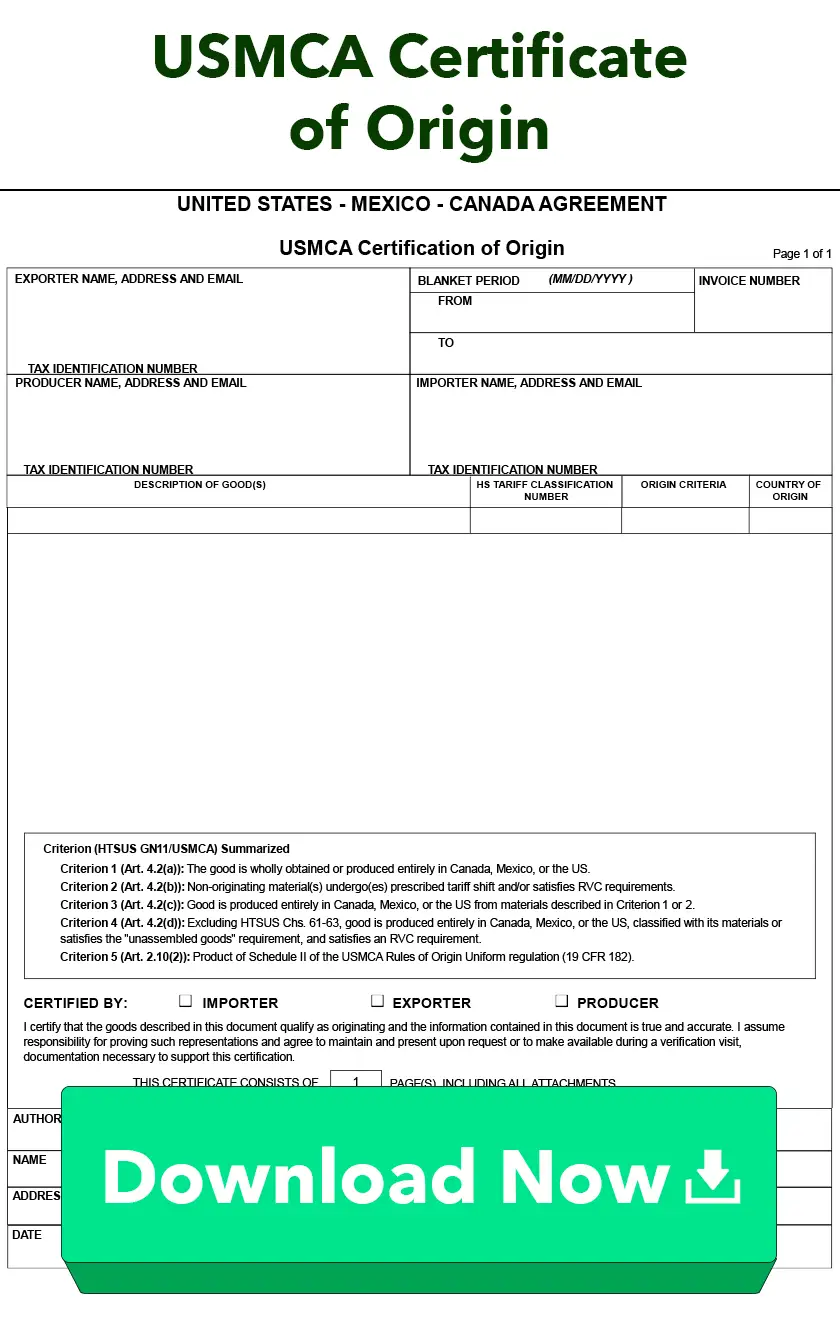
-13_101024.webp)
-14_101024.webp)

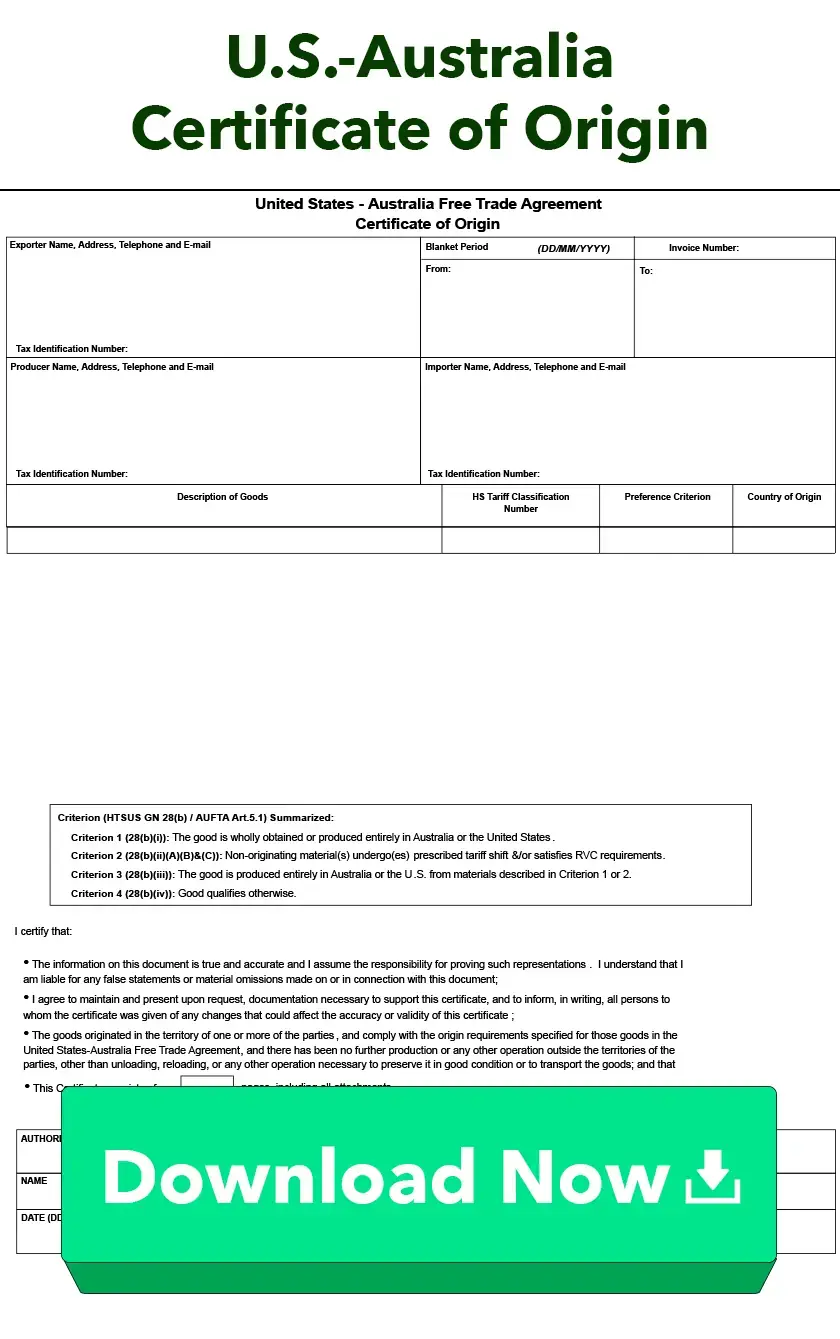
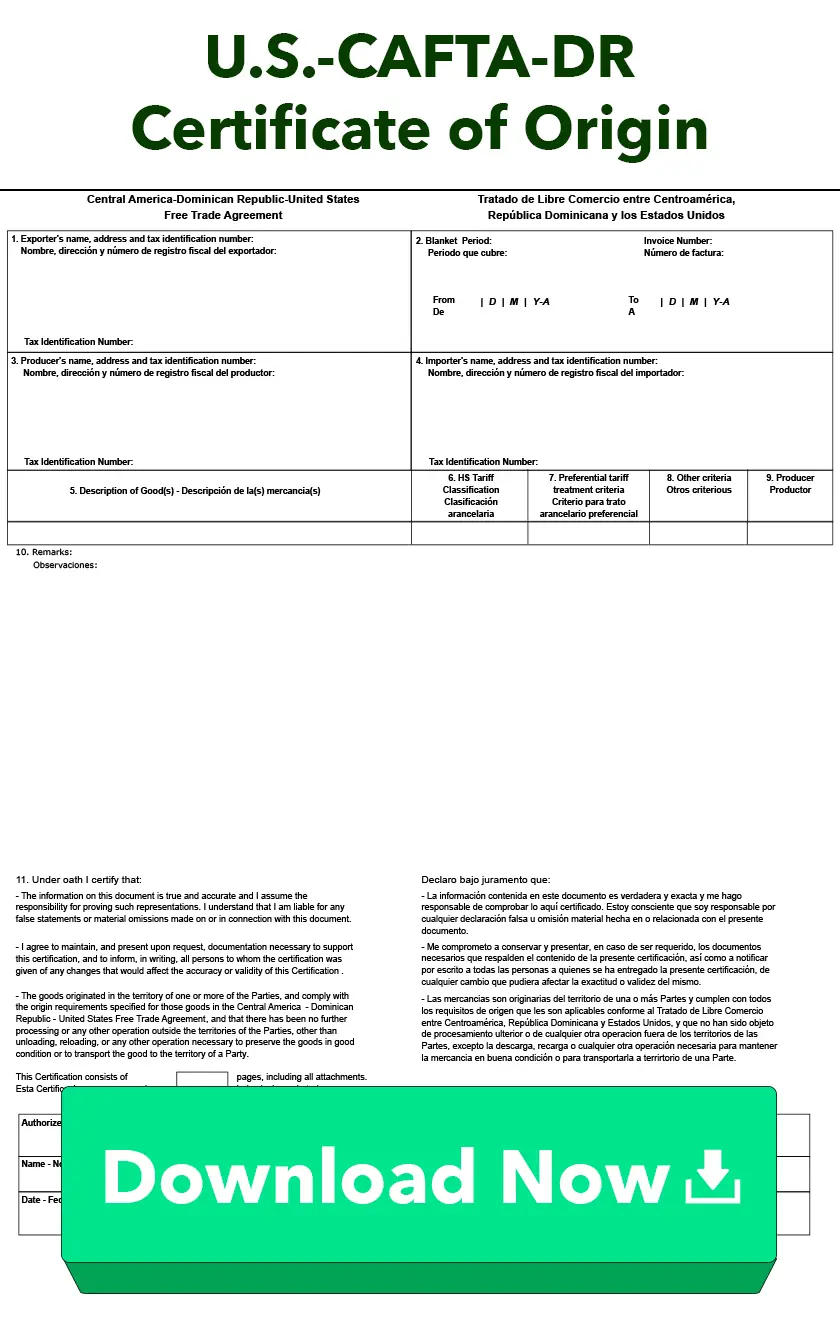
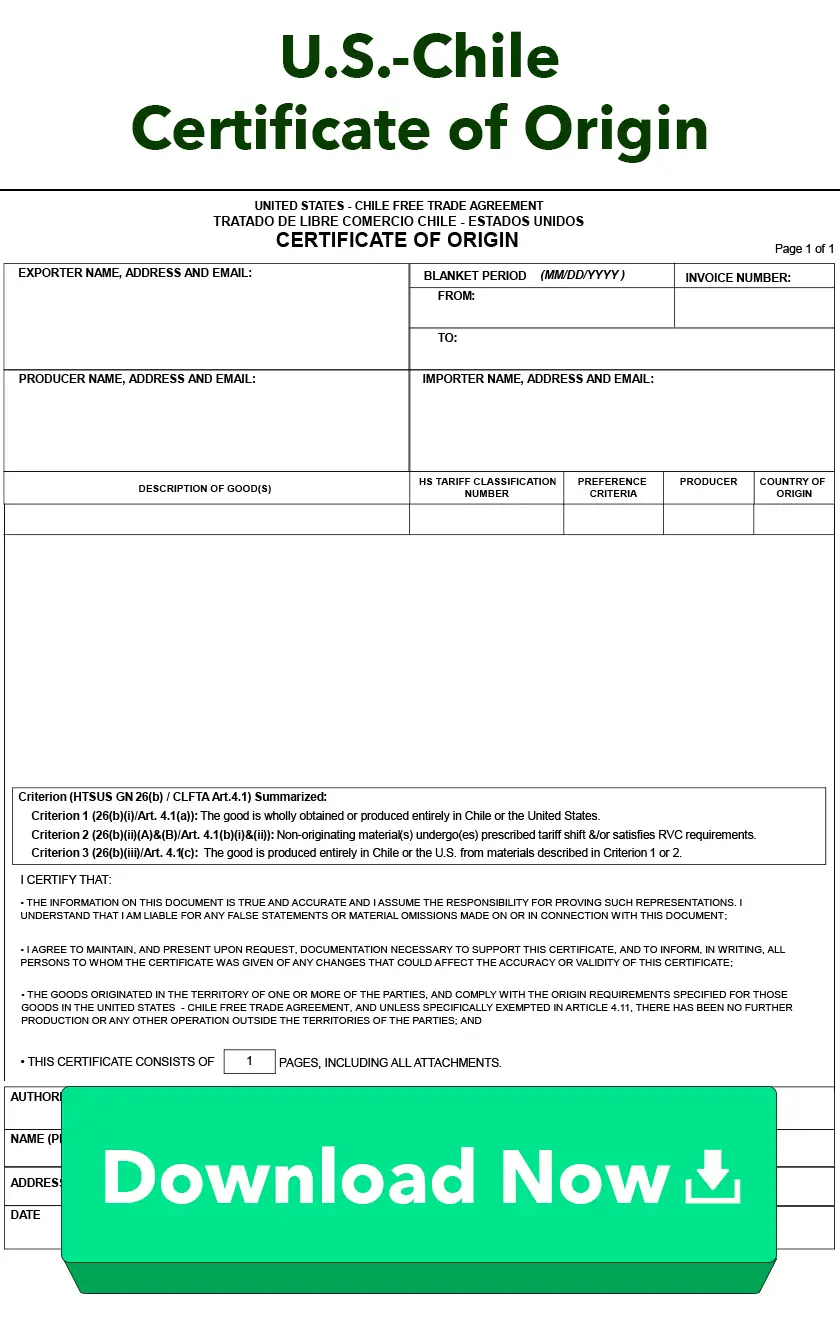
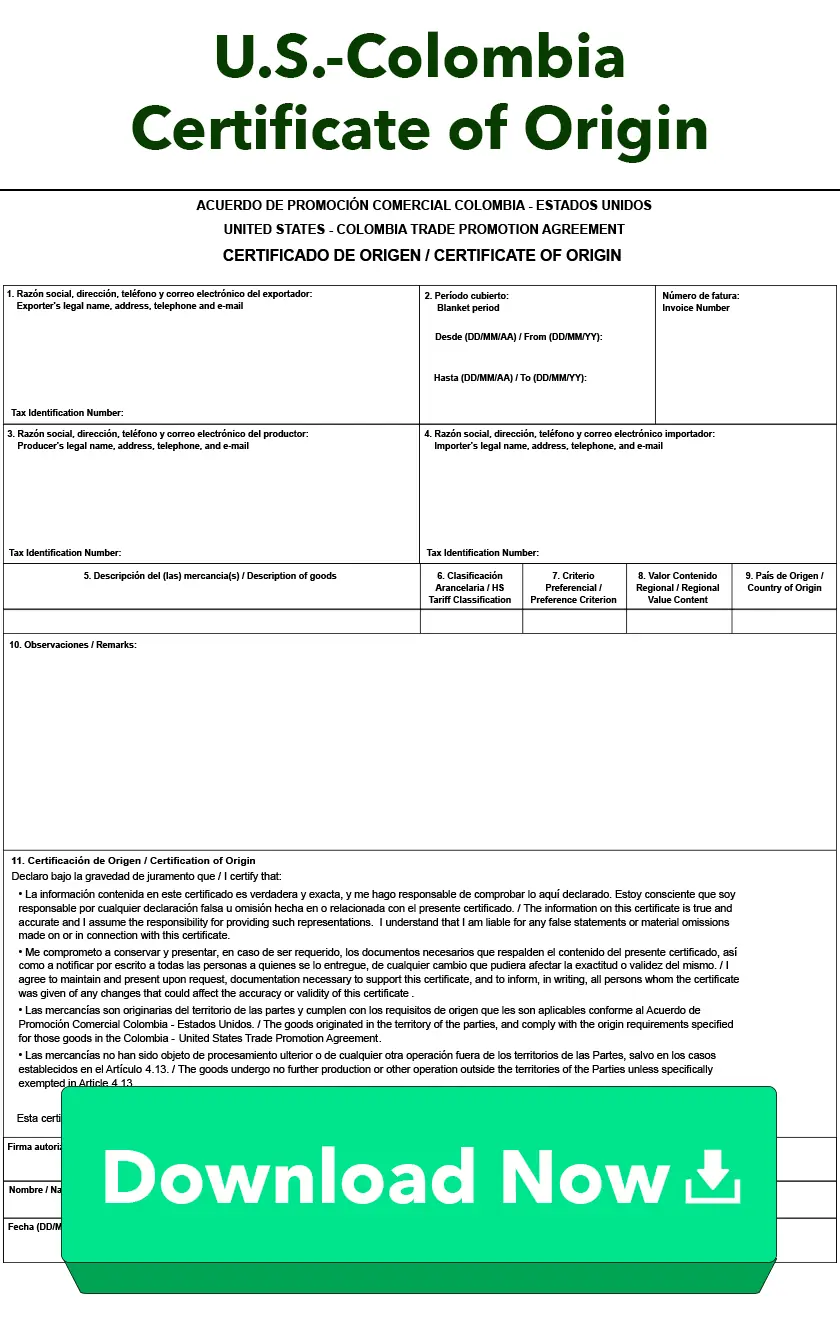
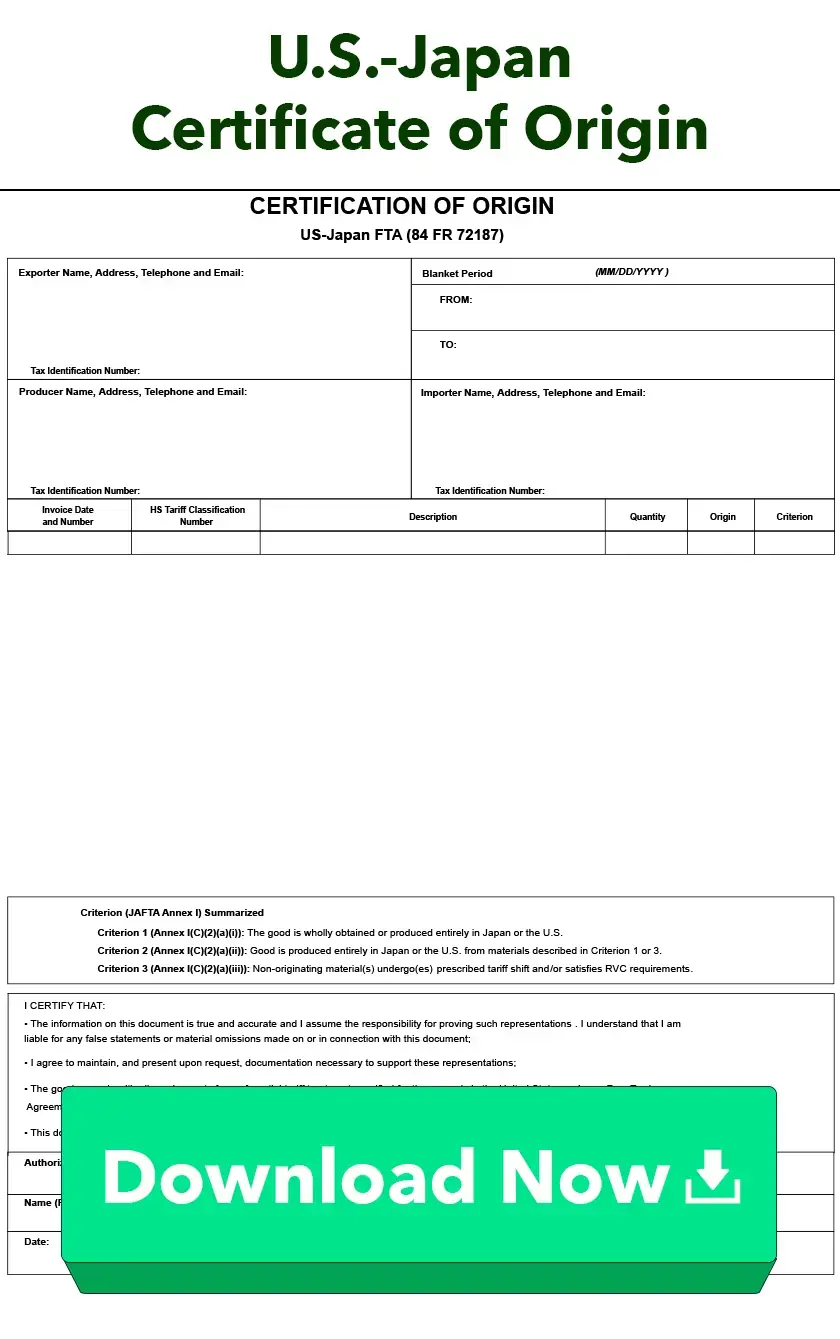
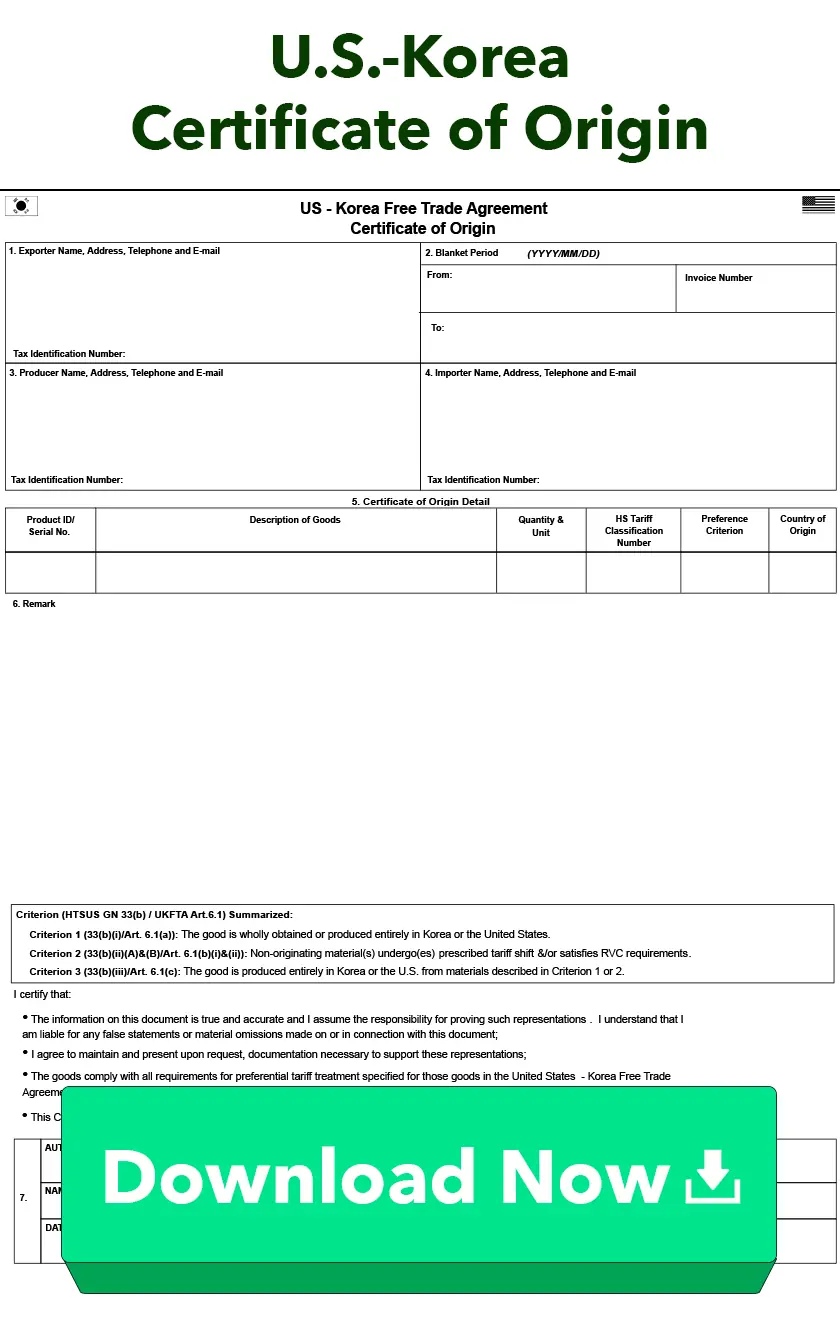
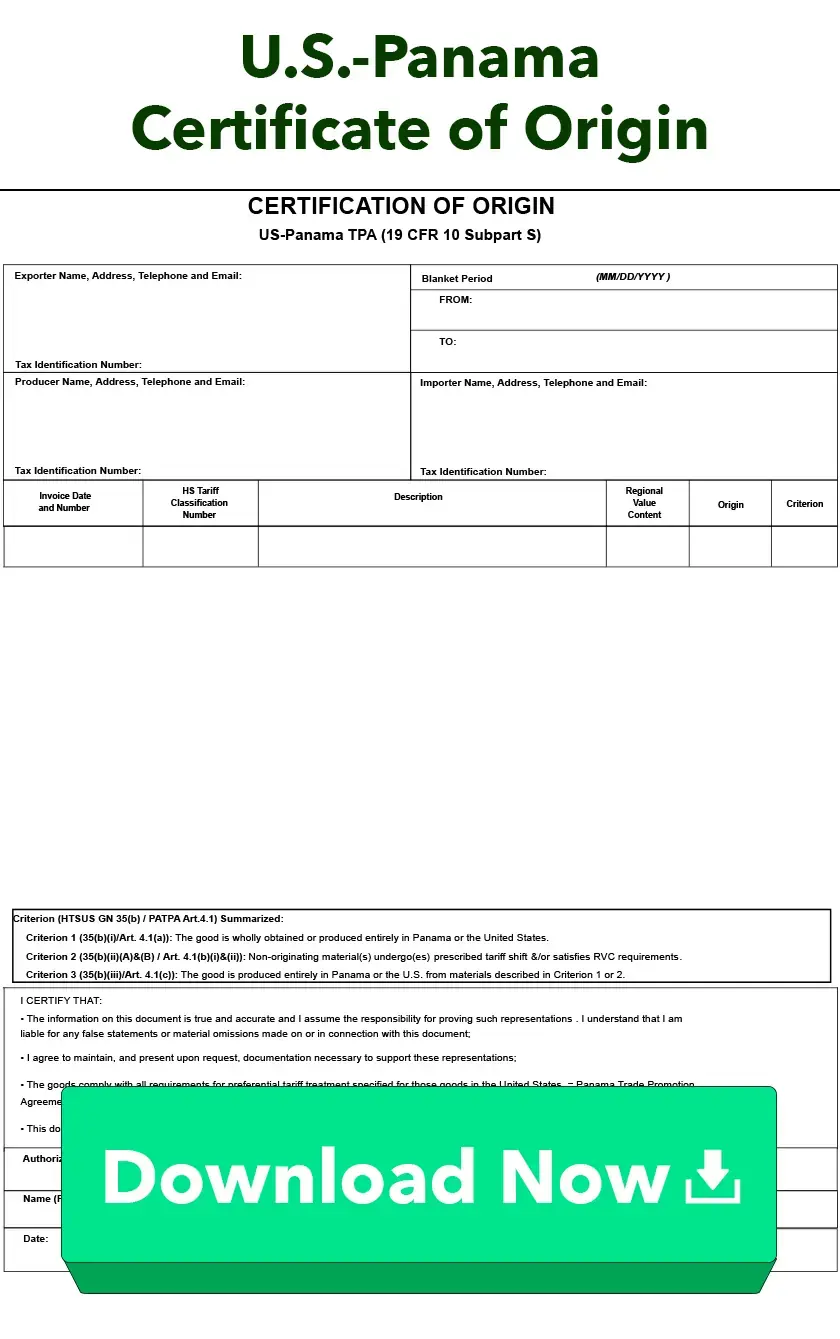
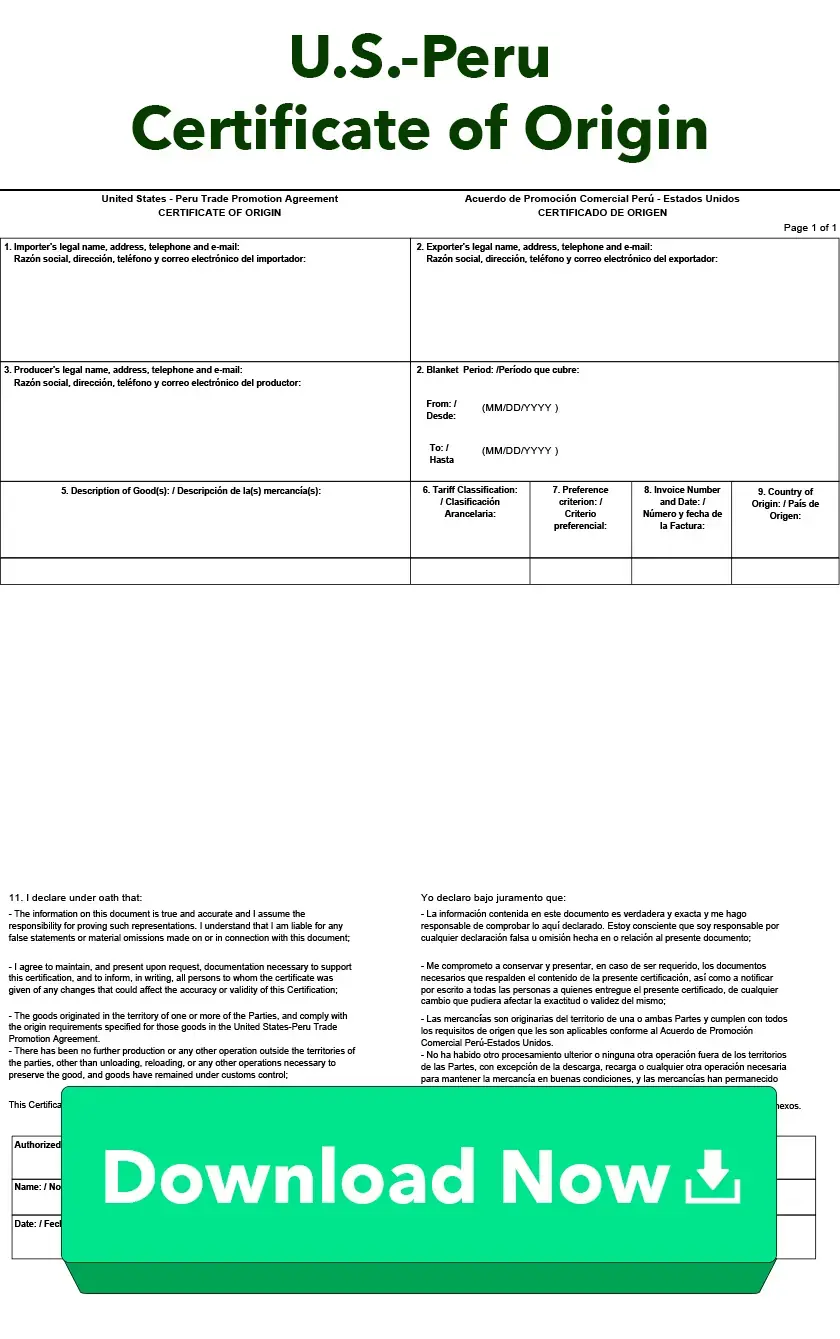
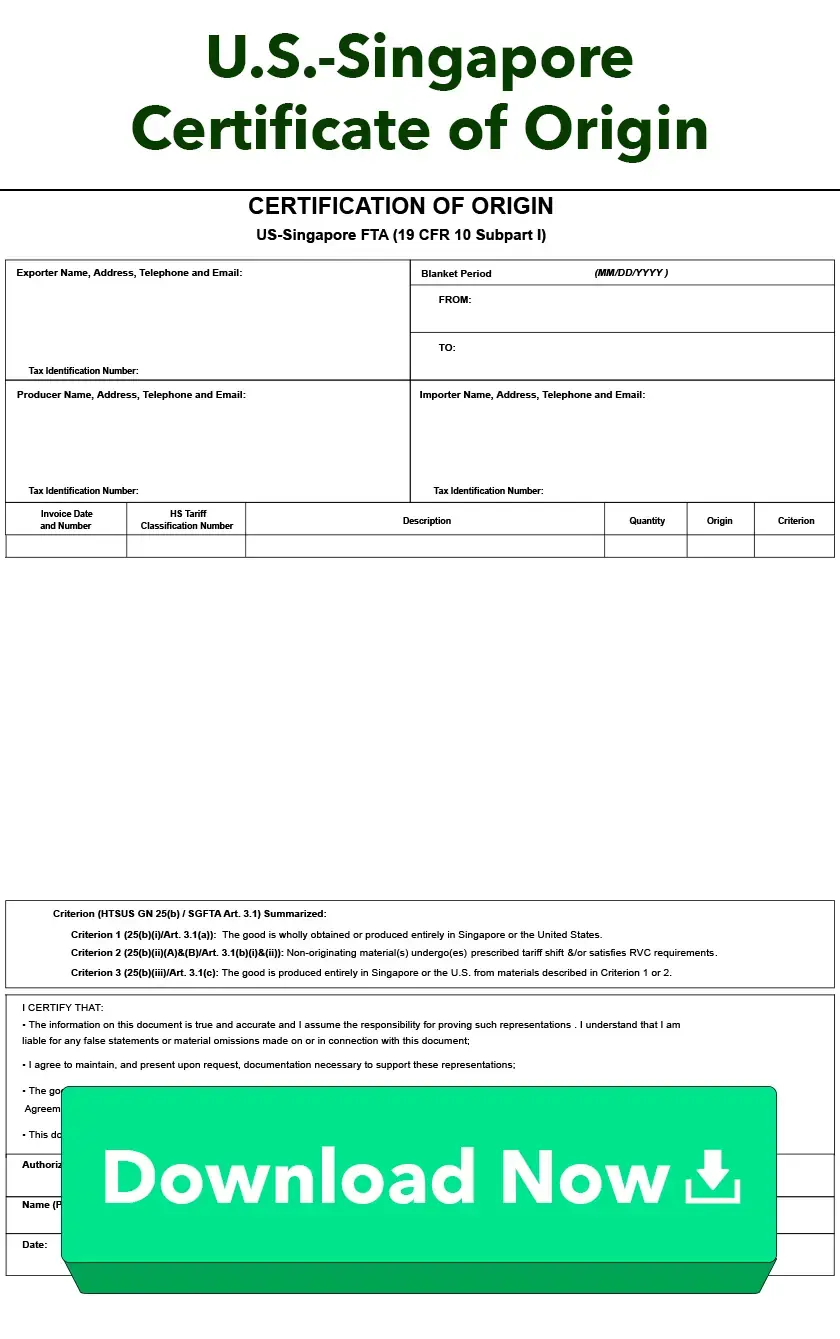
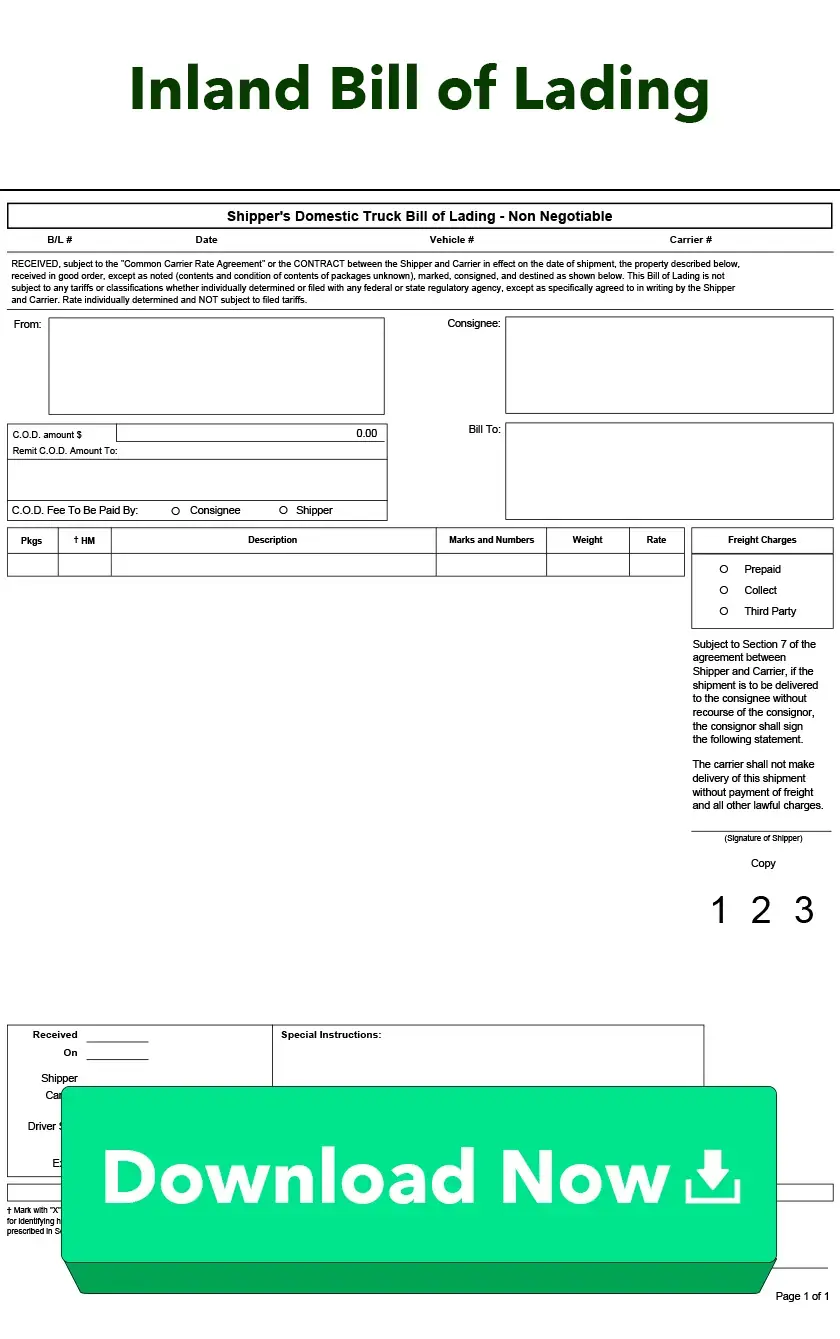
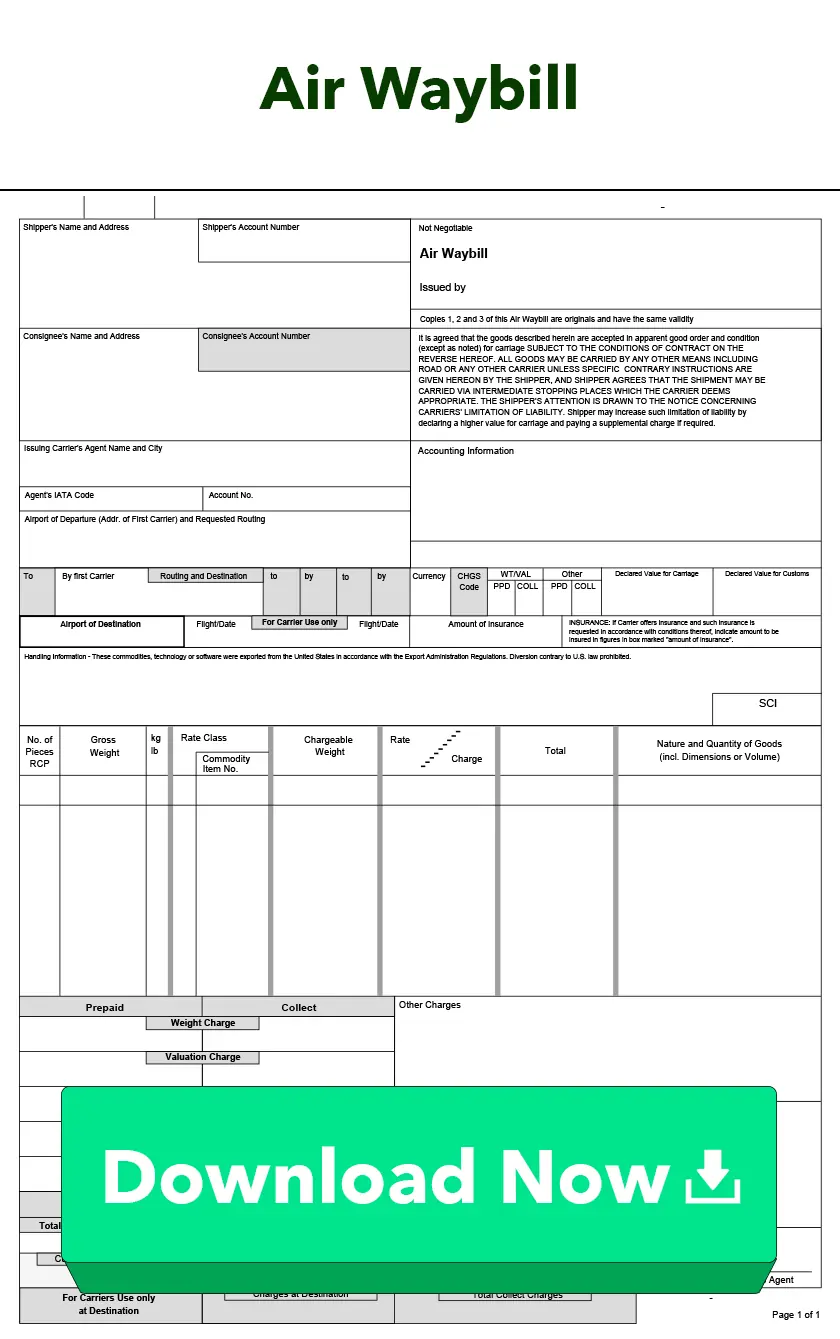
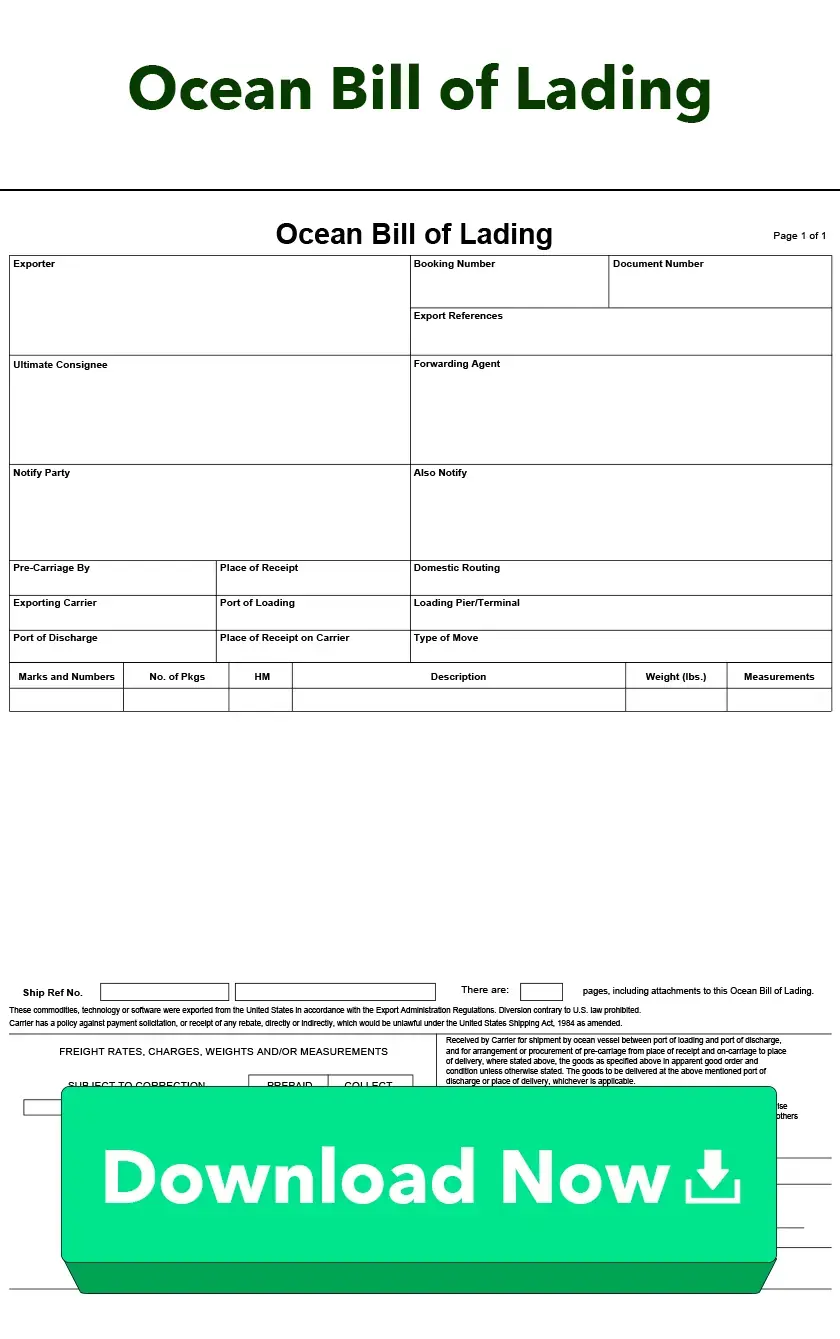
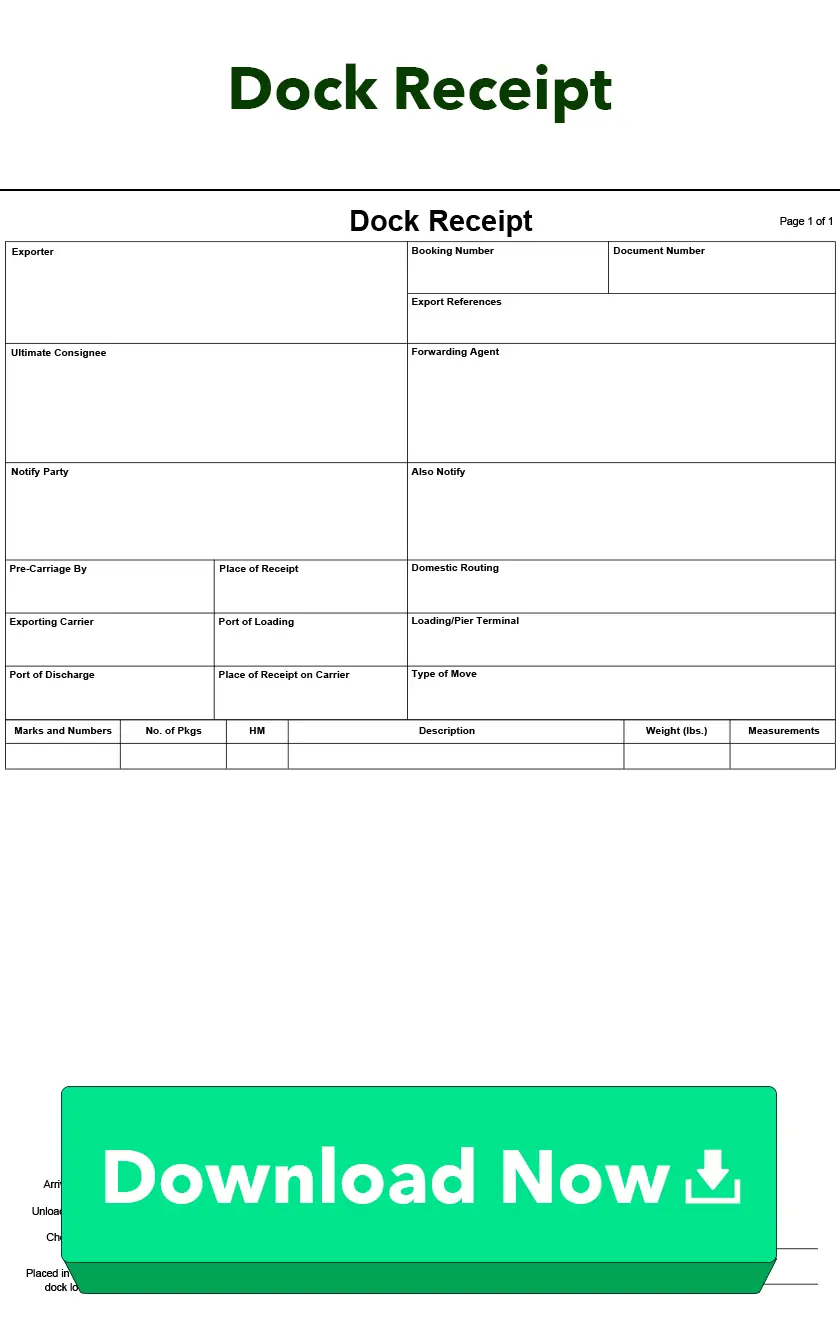
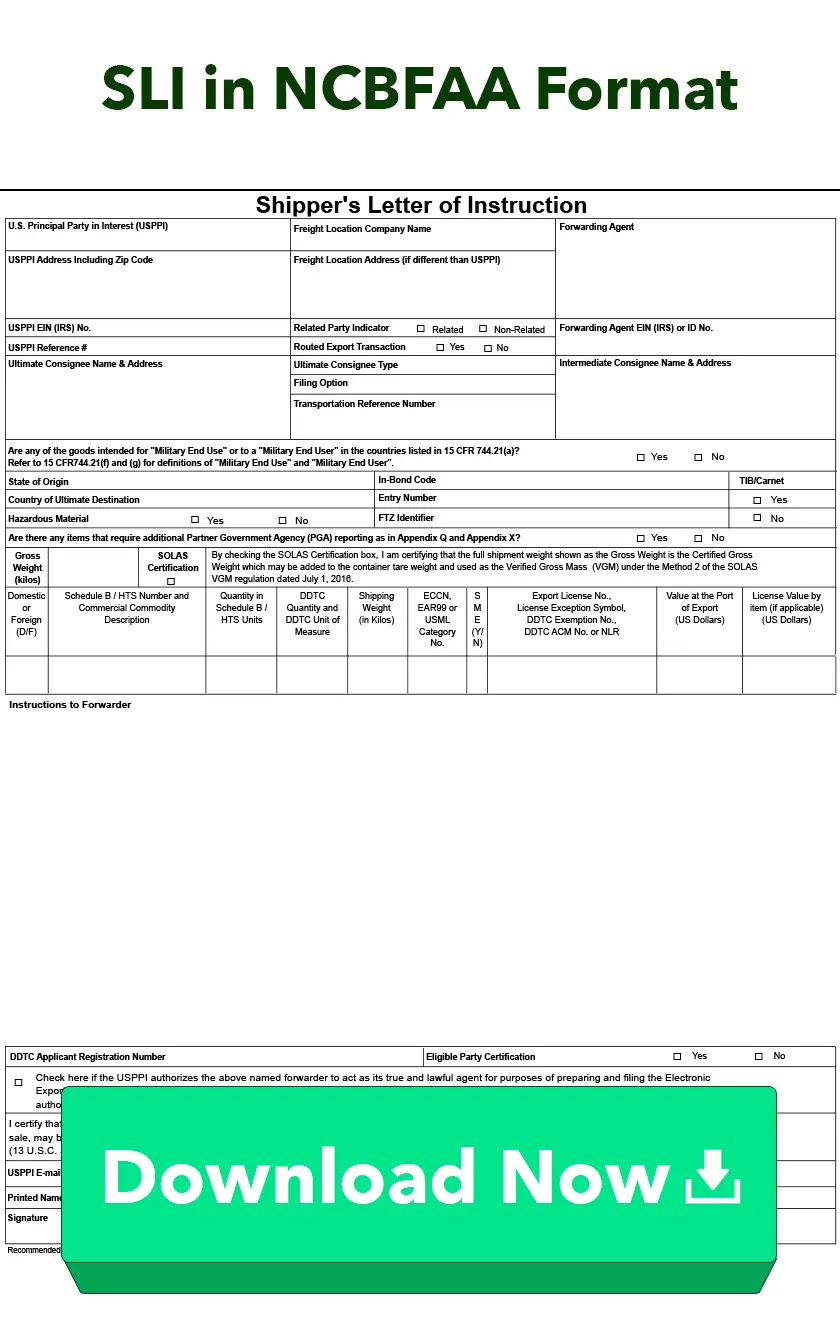
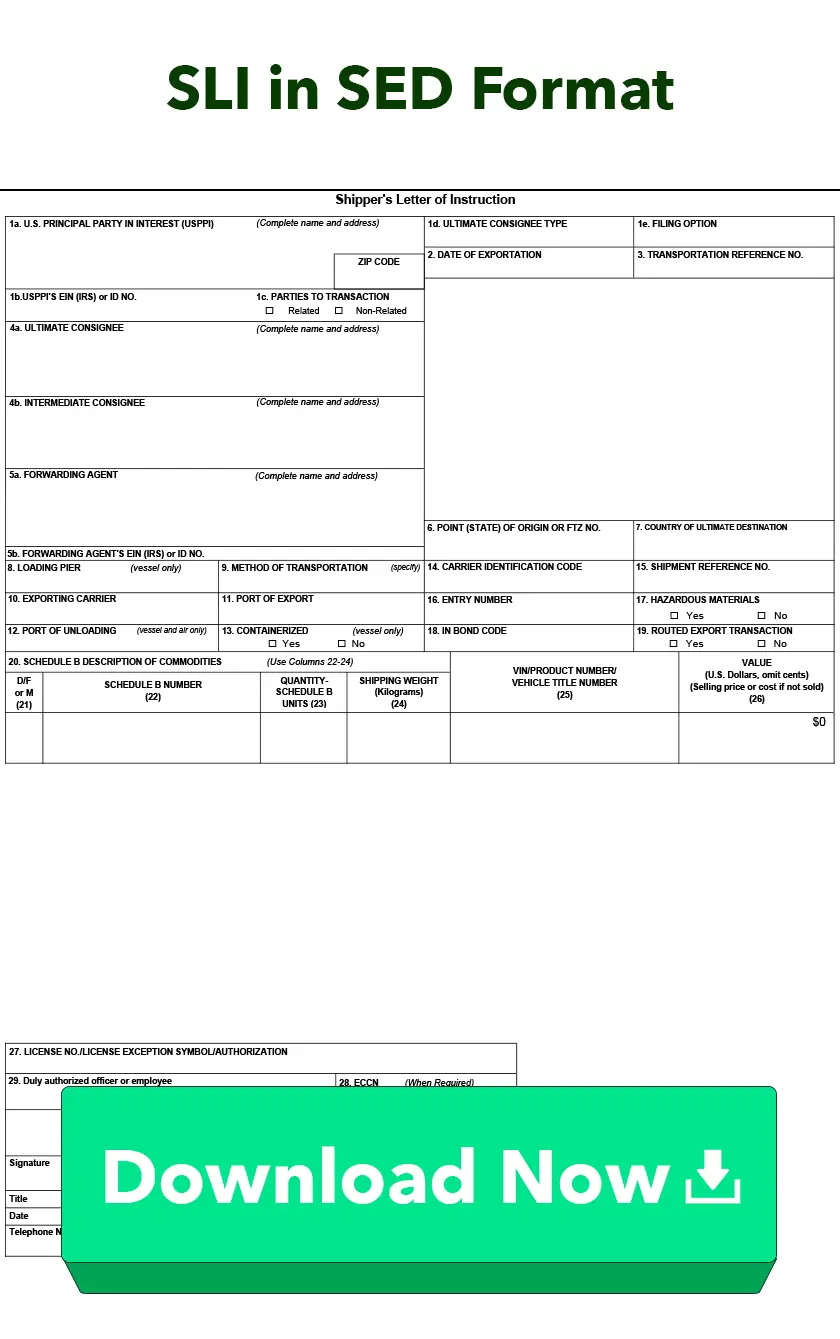
-20_101024.webp)
-24_101024.webp)
-25_101024.webp)
-27_101024.webp)
-28_101024.webp)
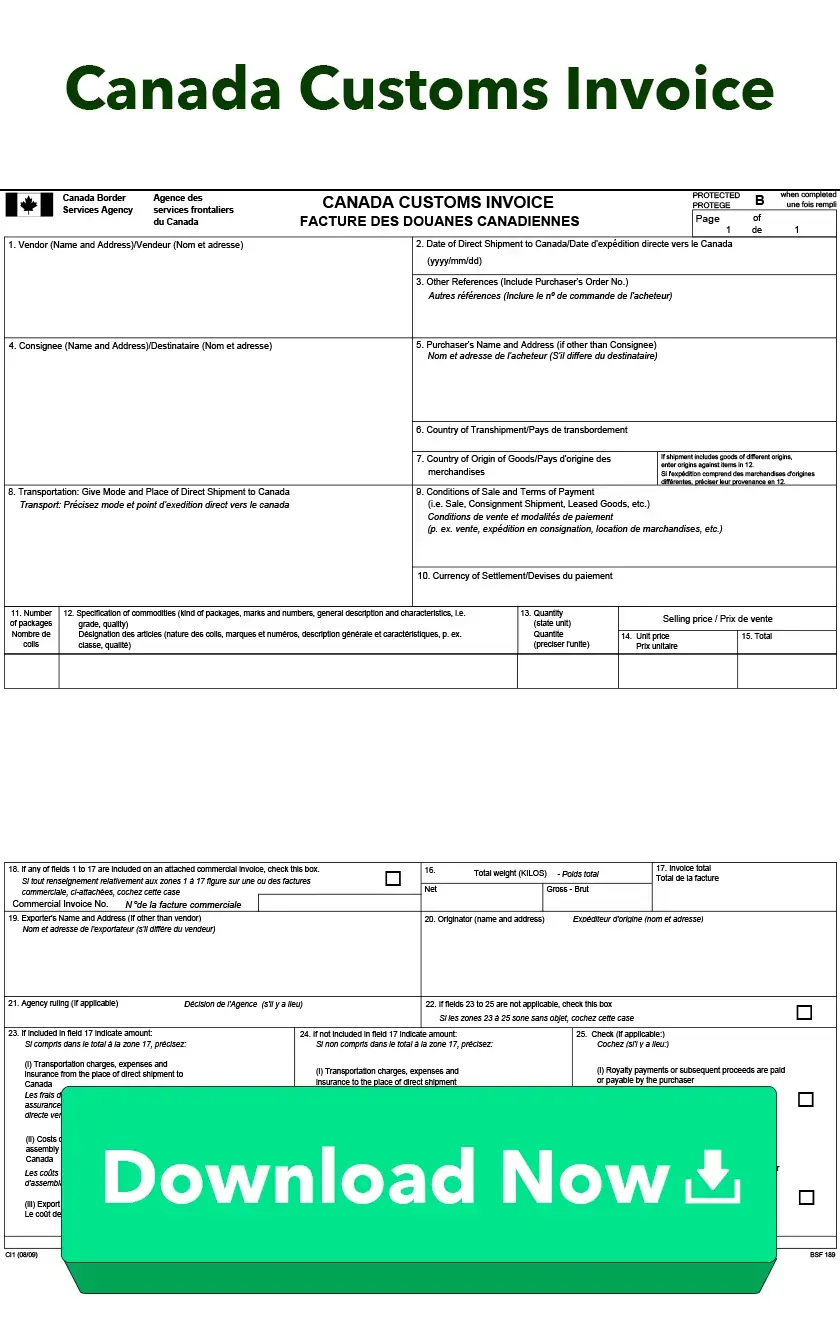
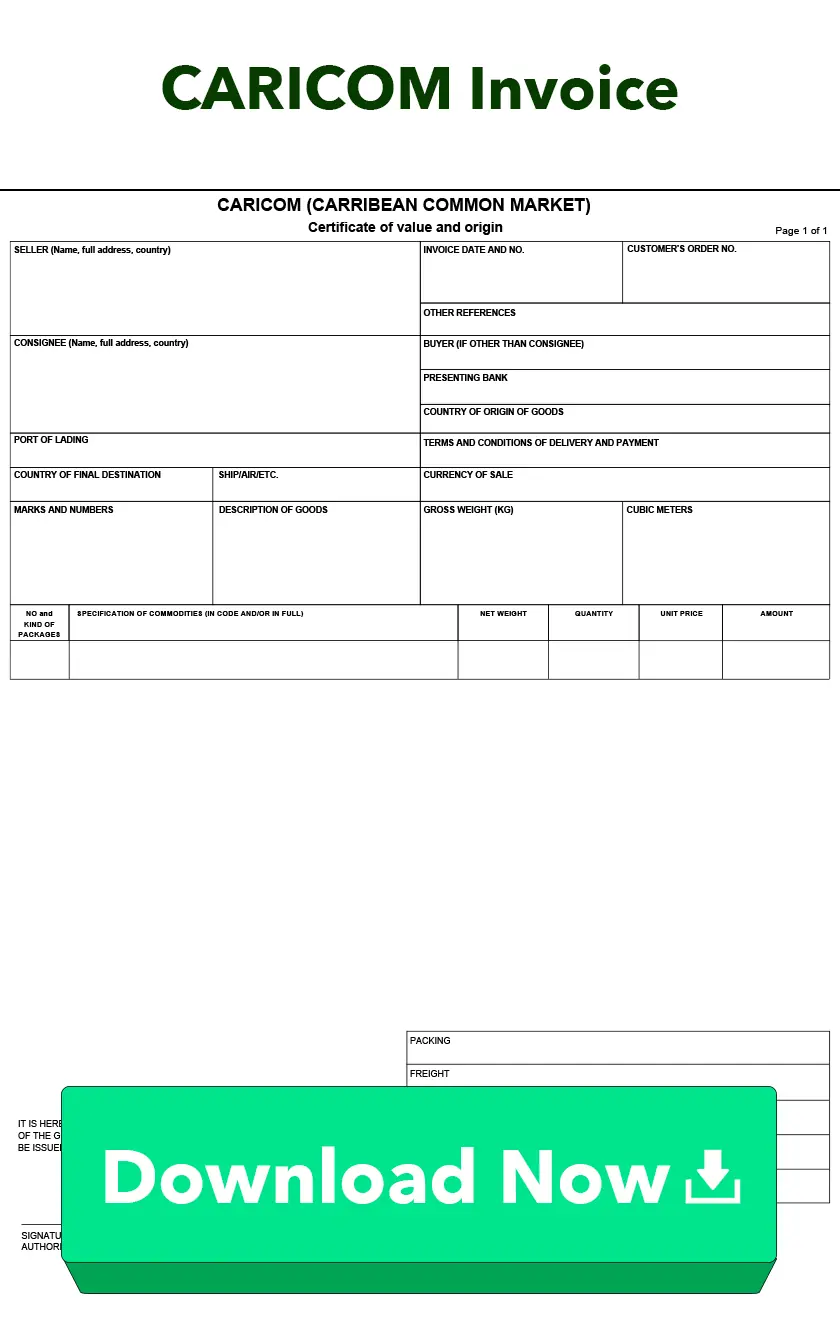
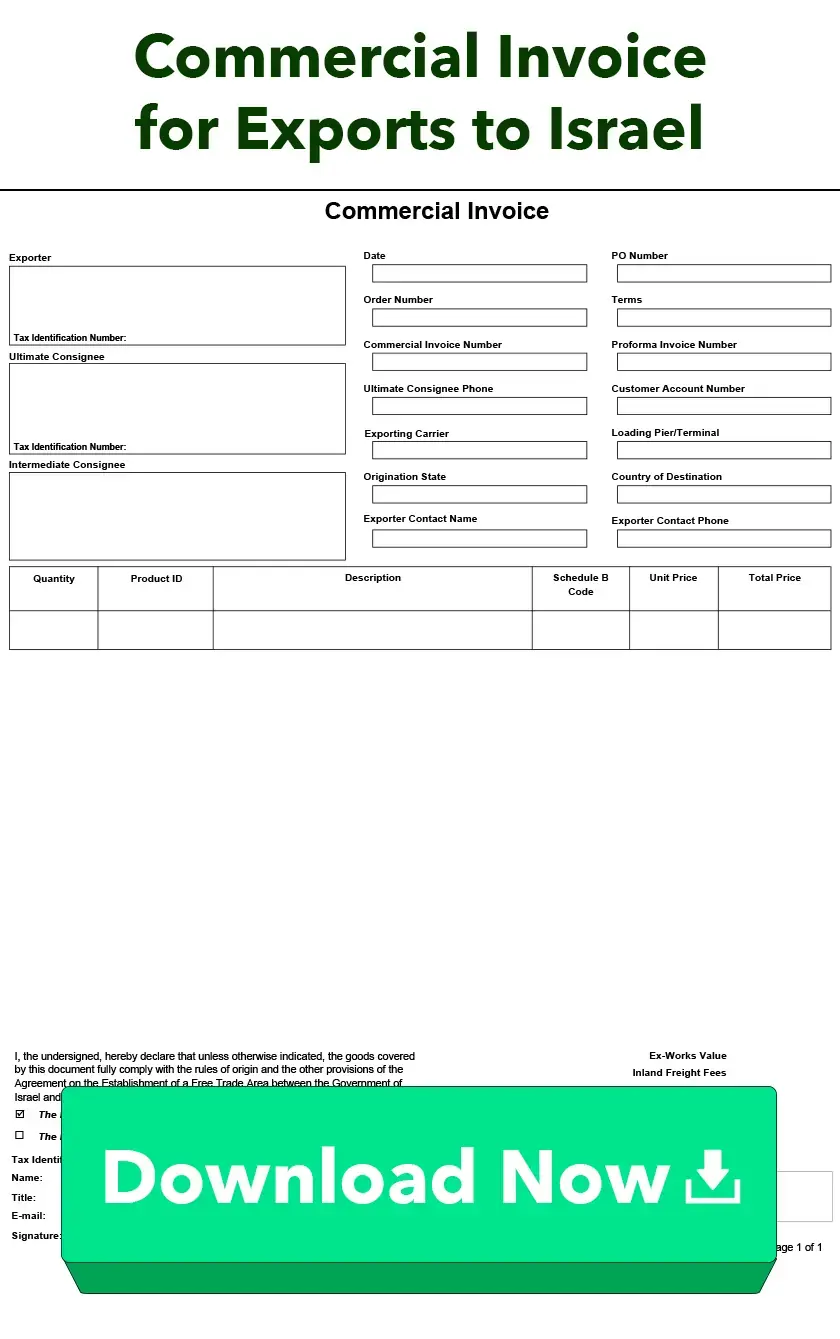
-32_101024.webp)
-33_101024.webp)
